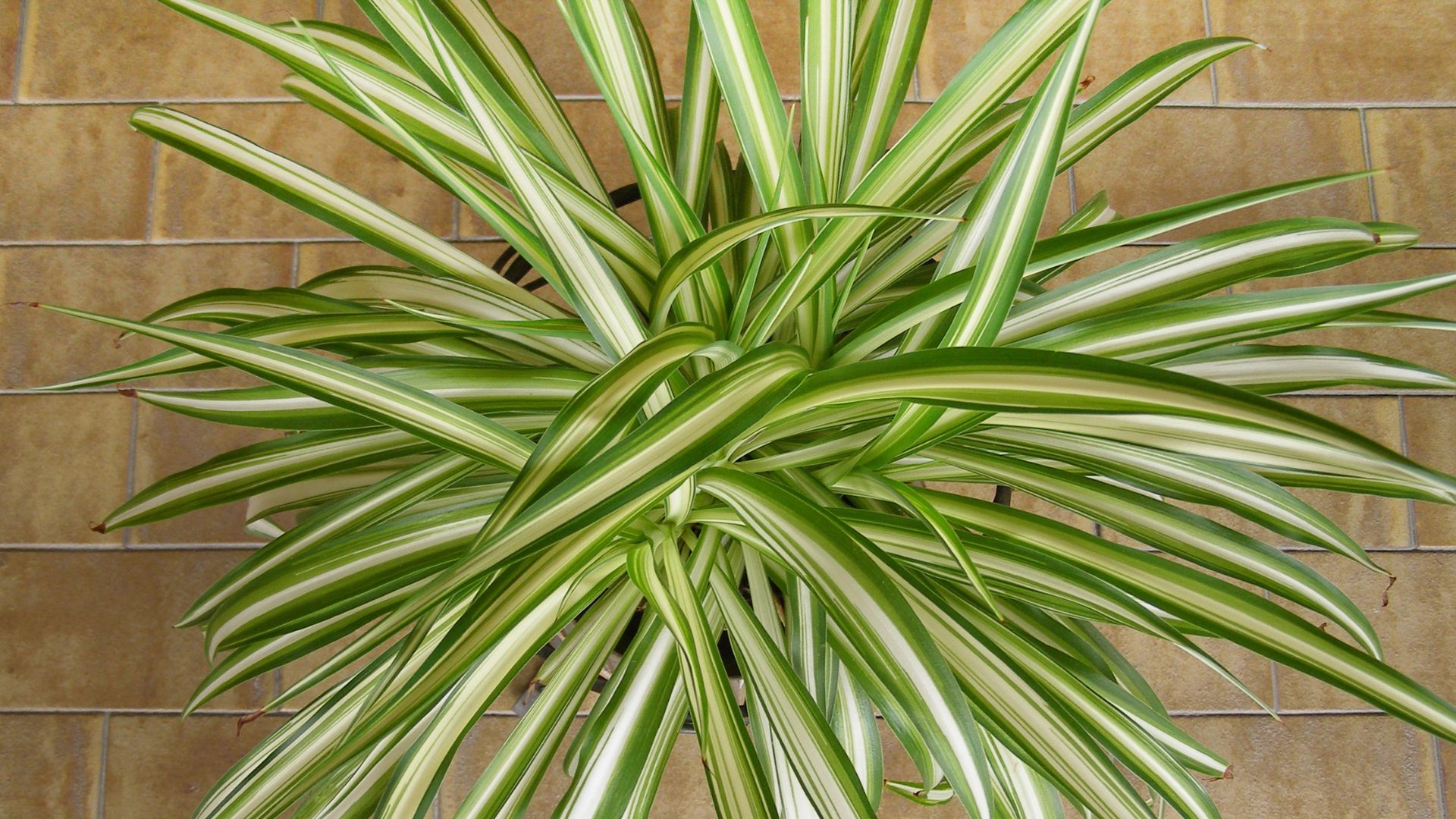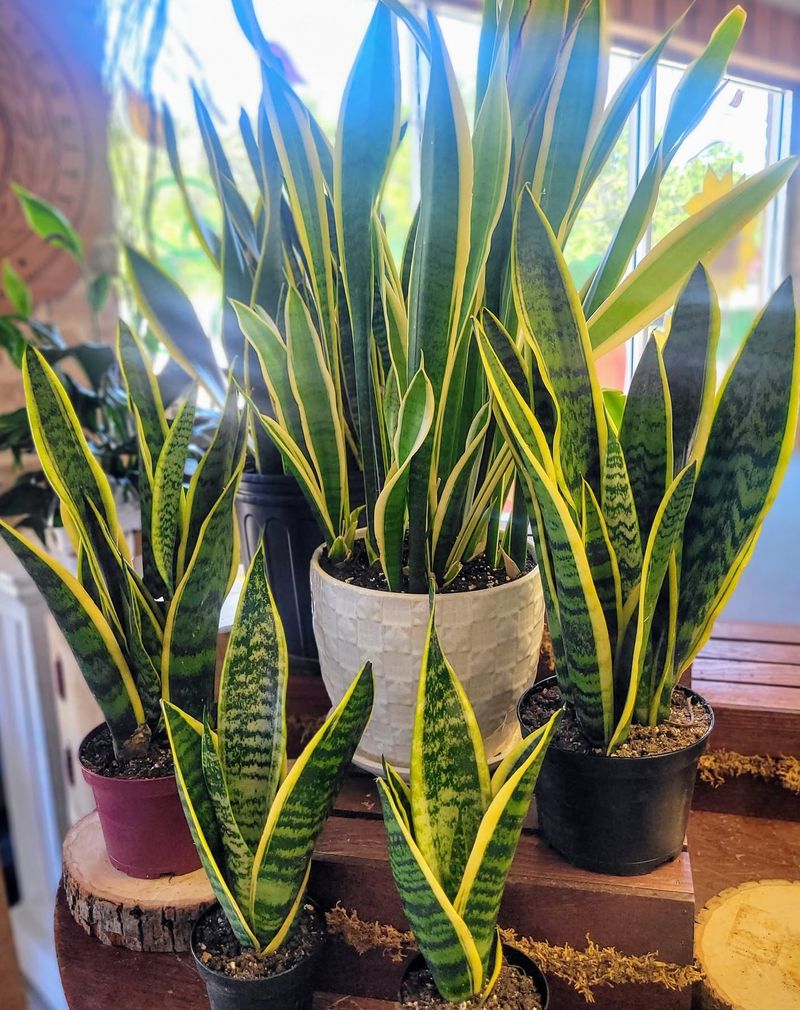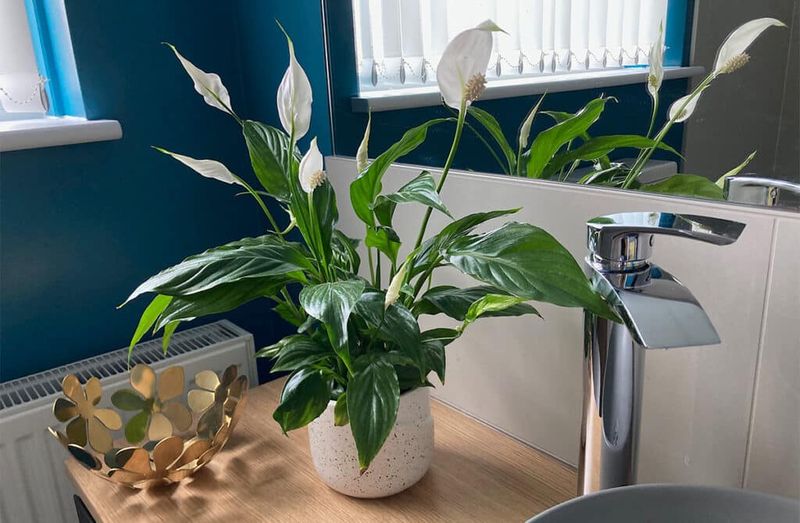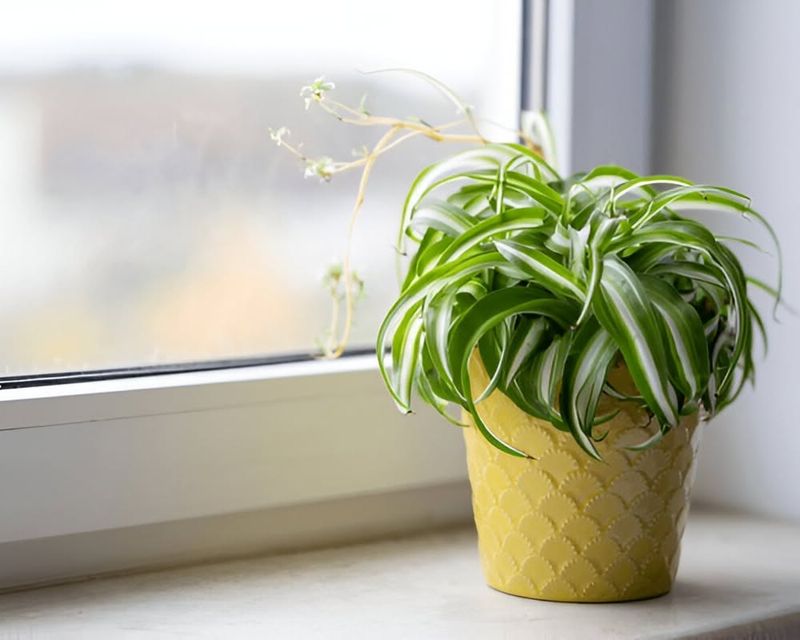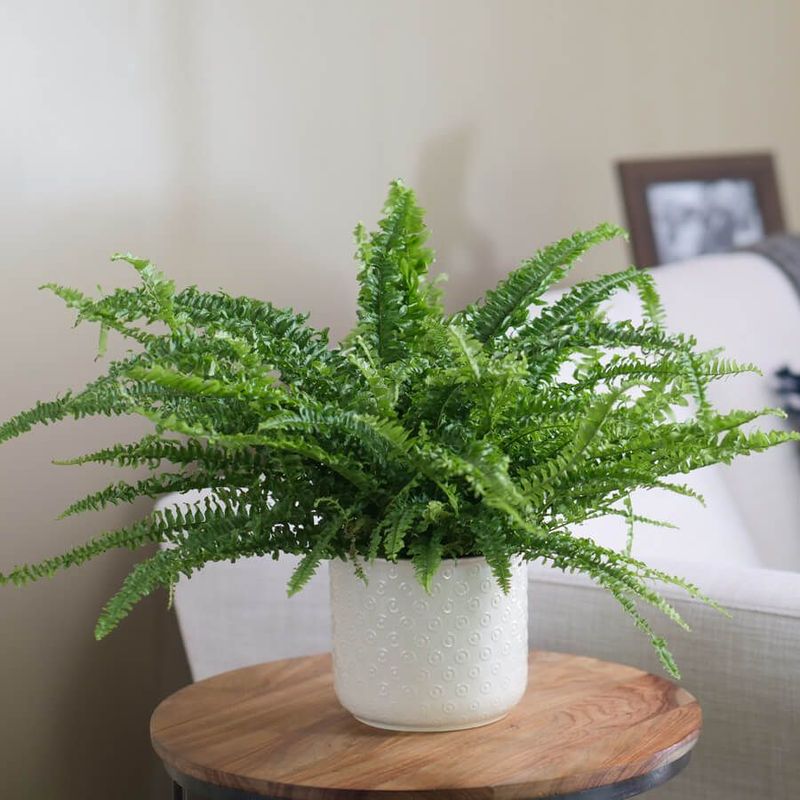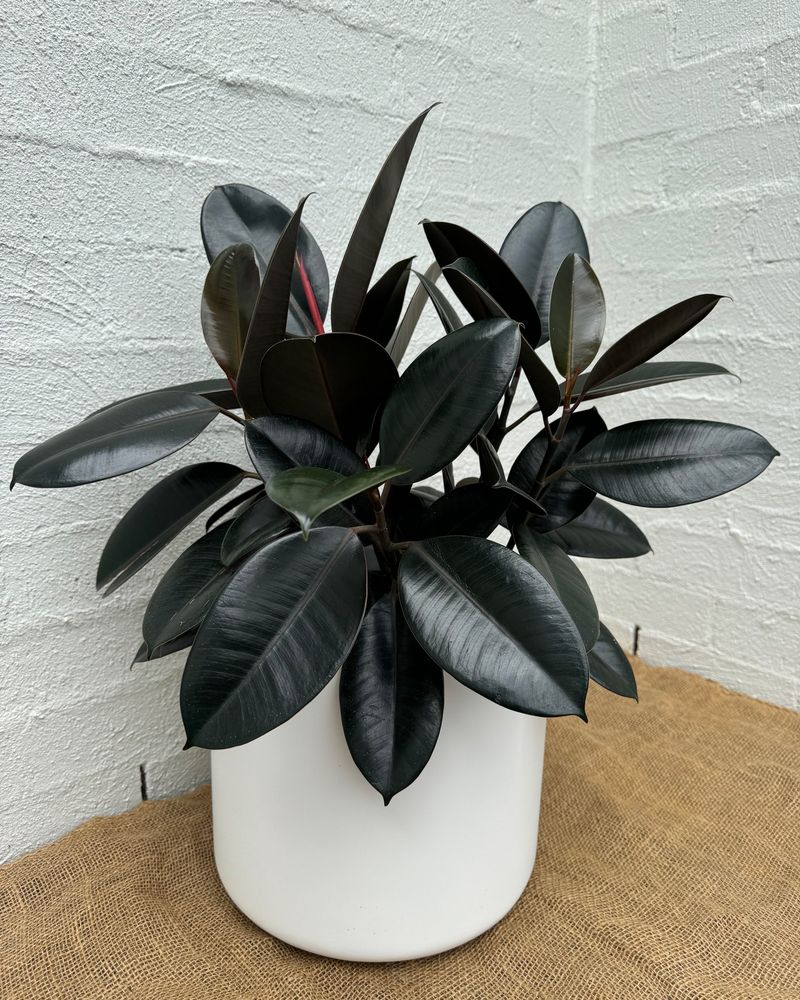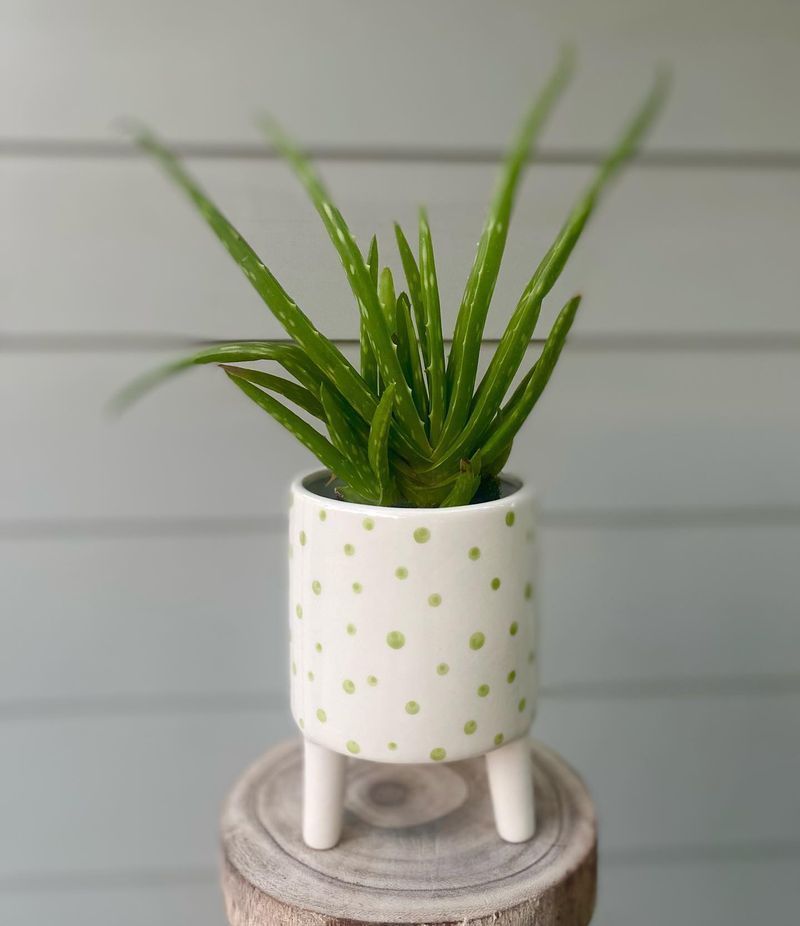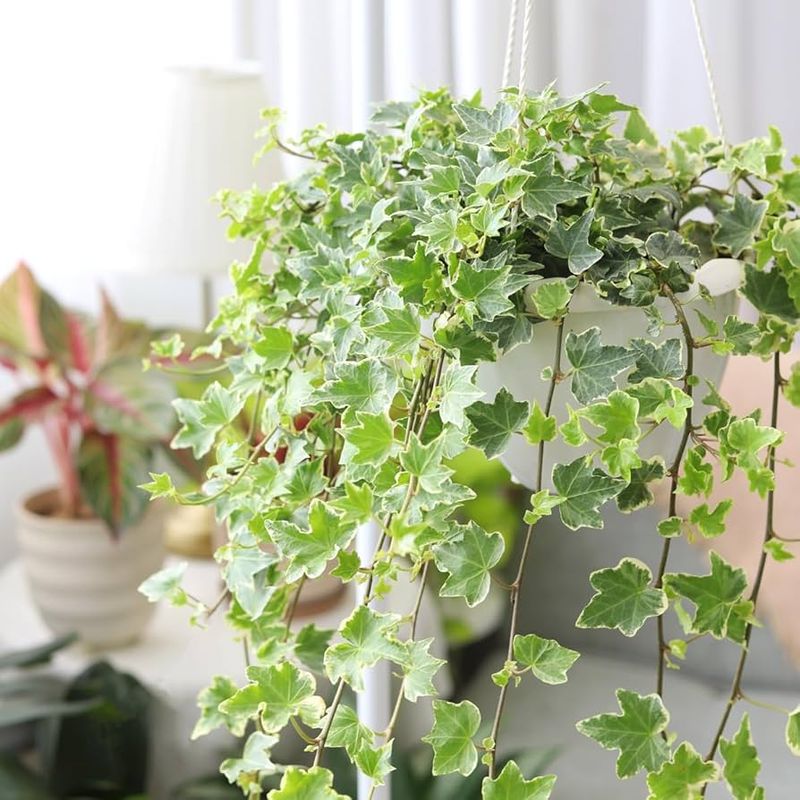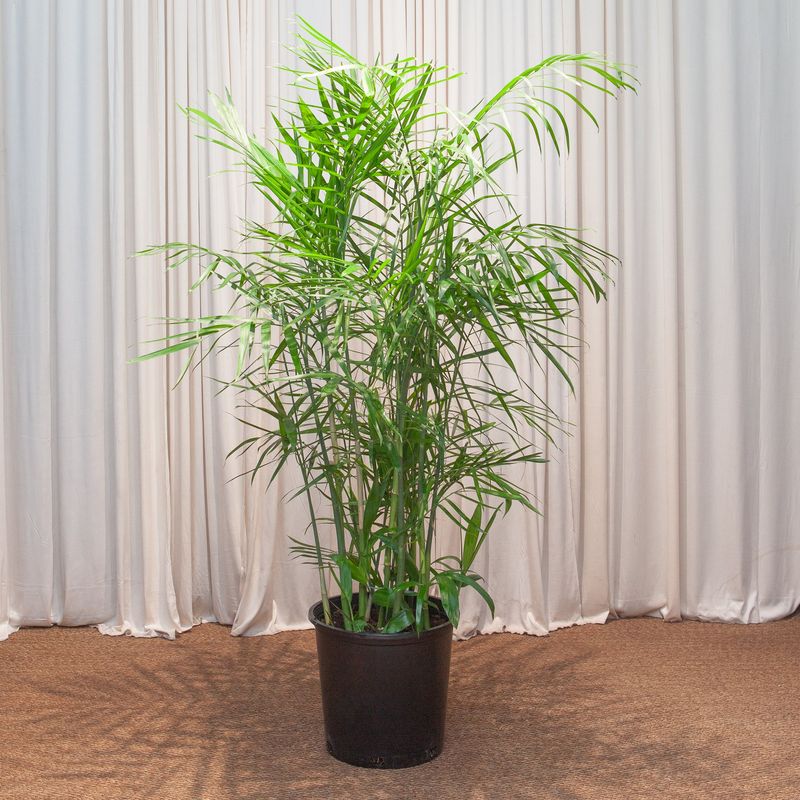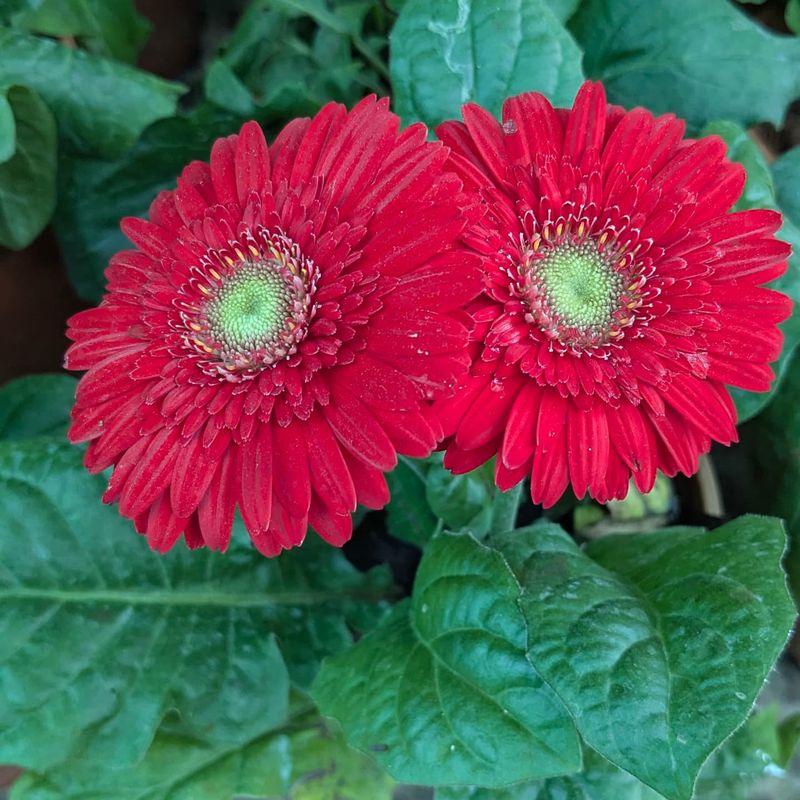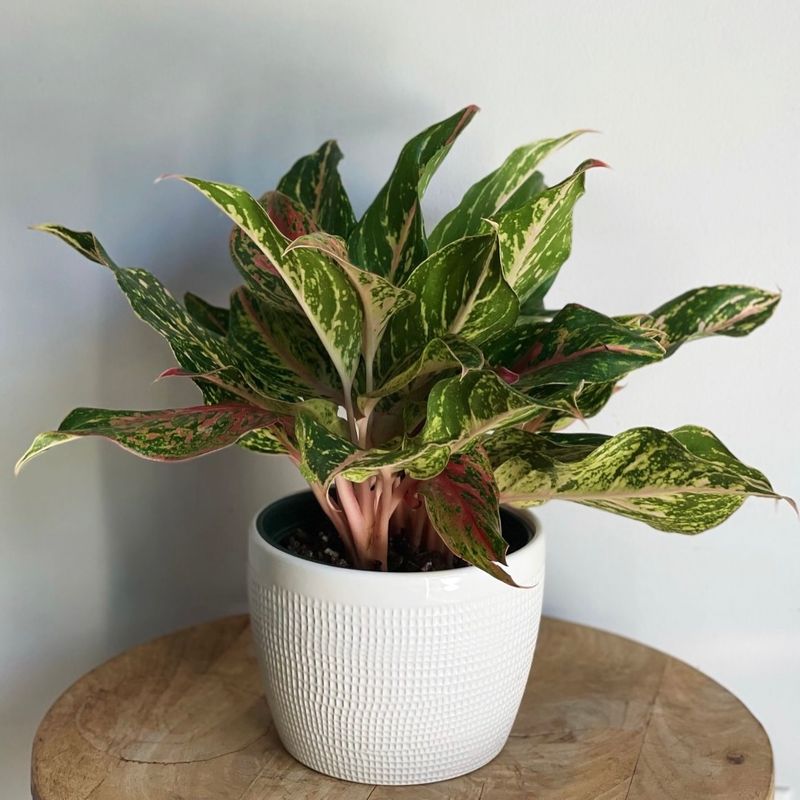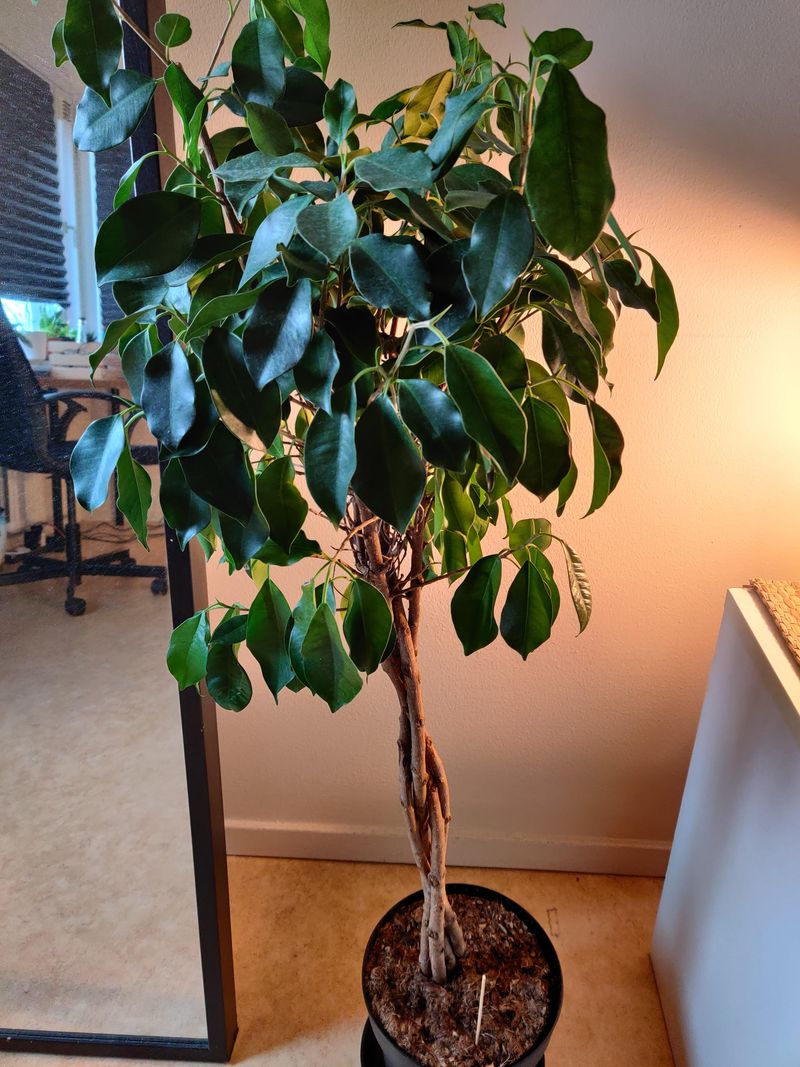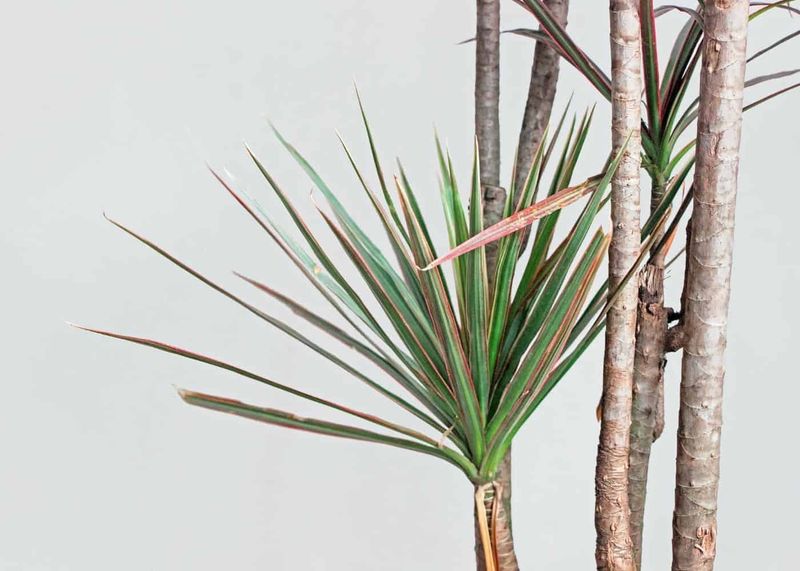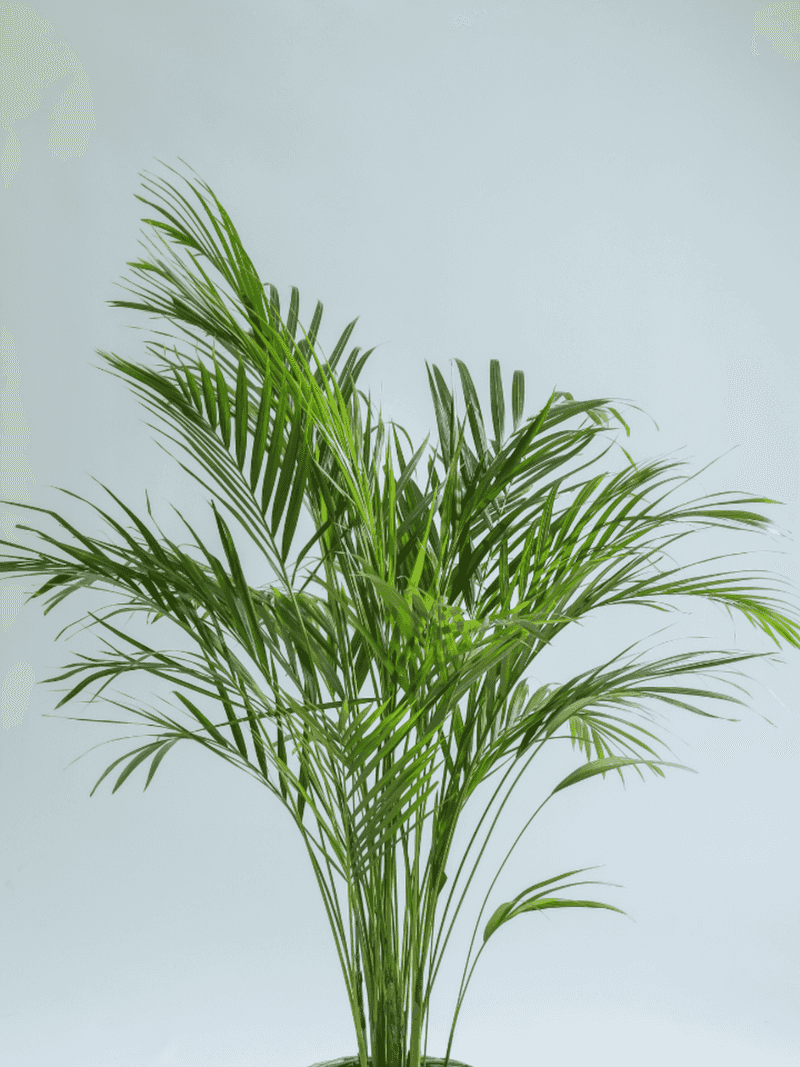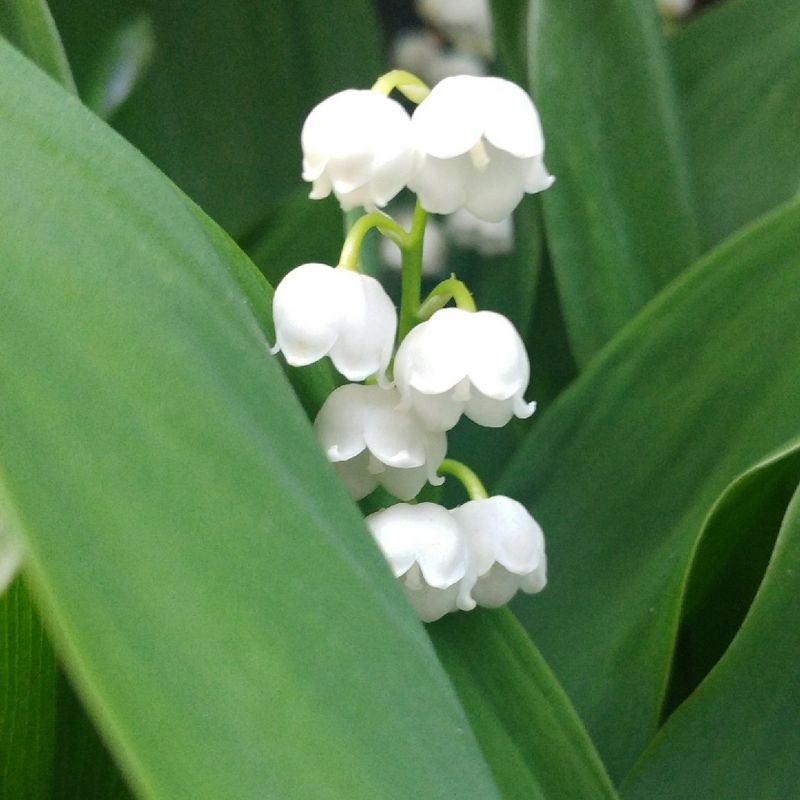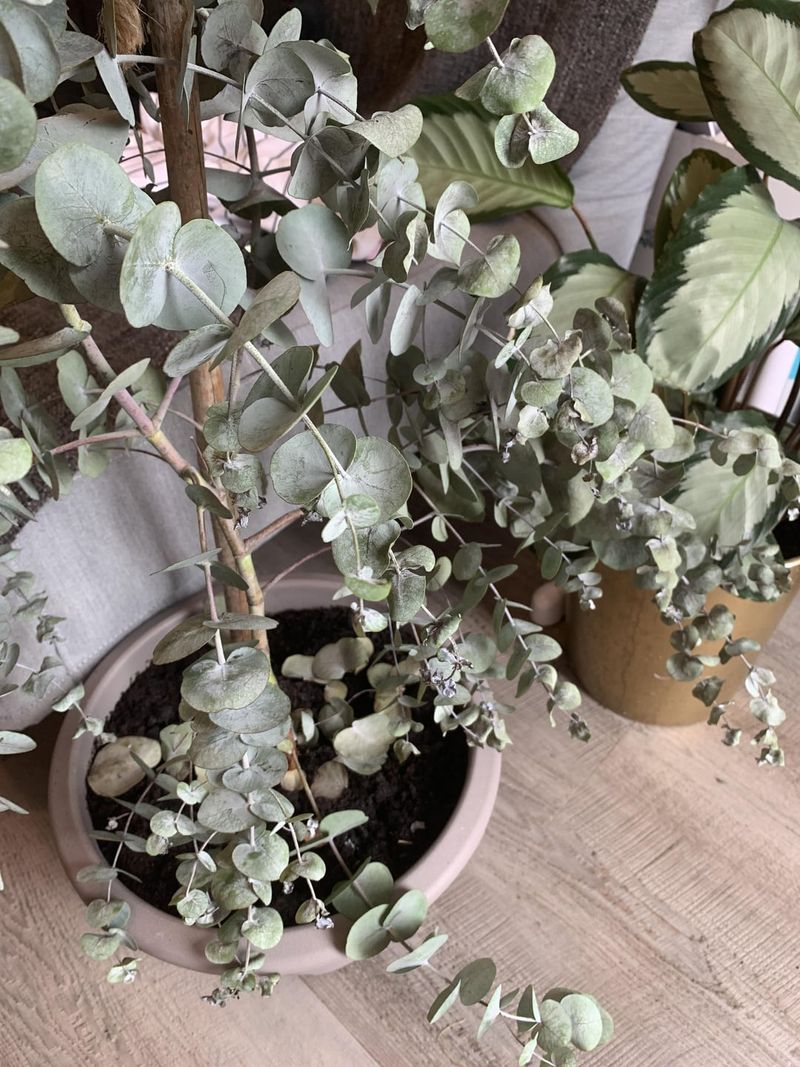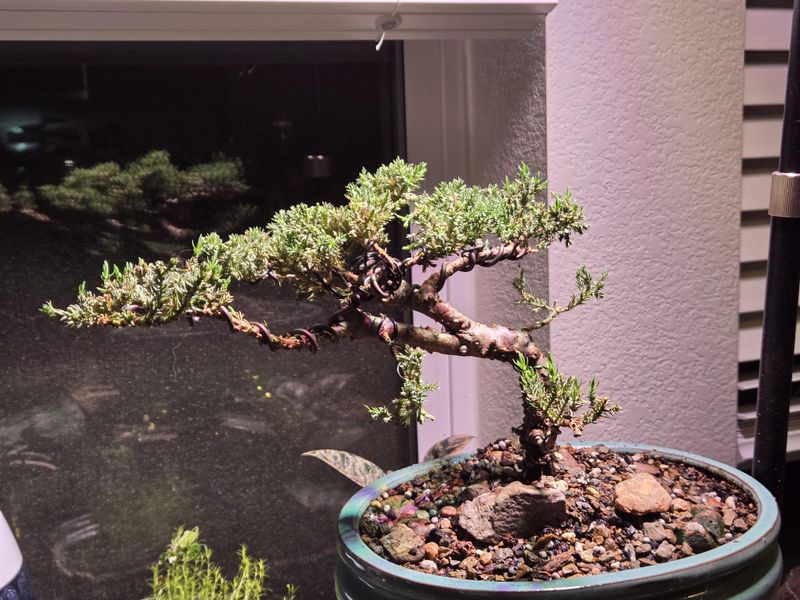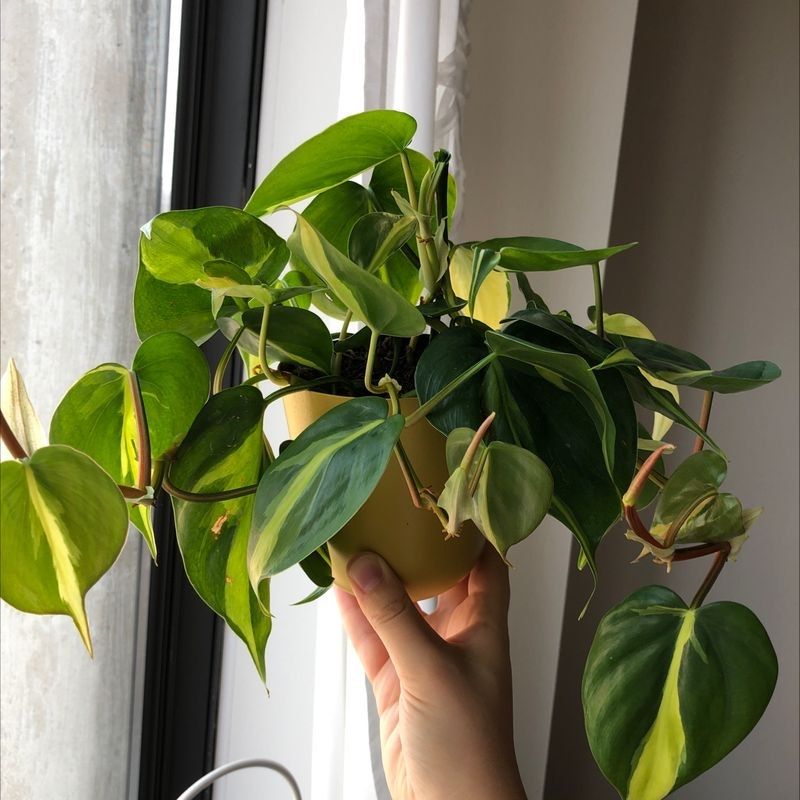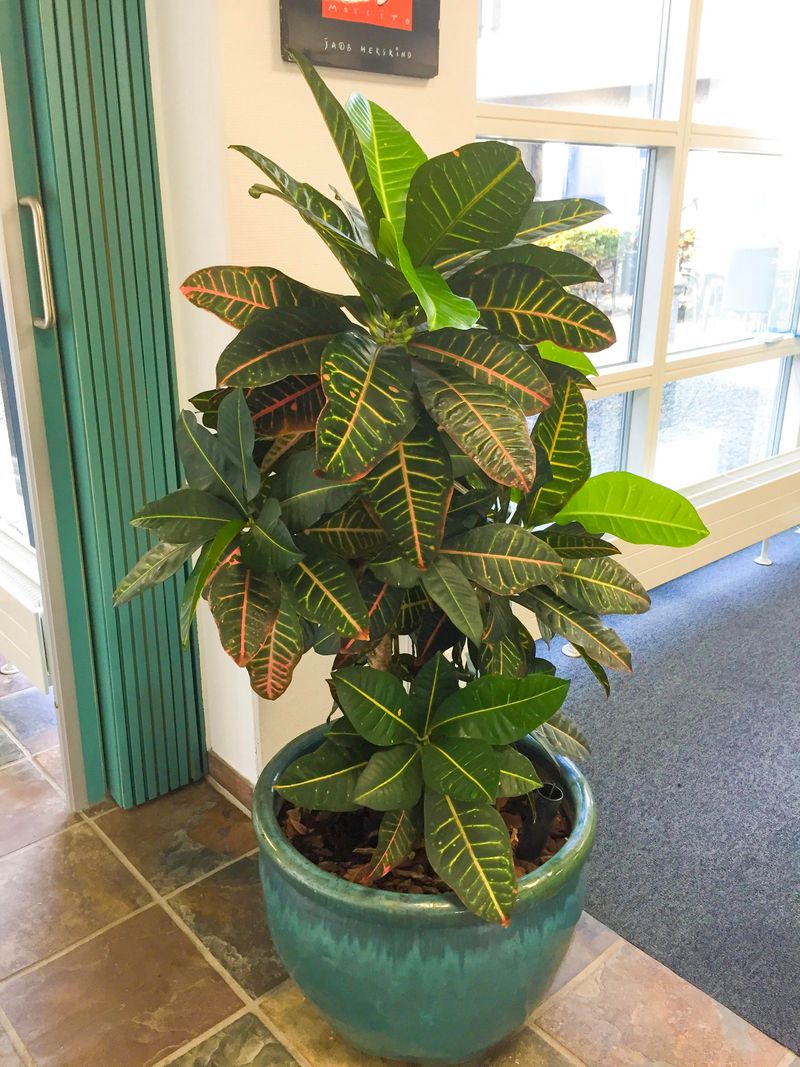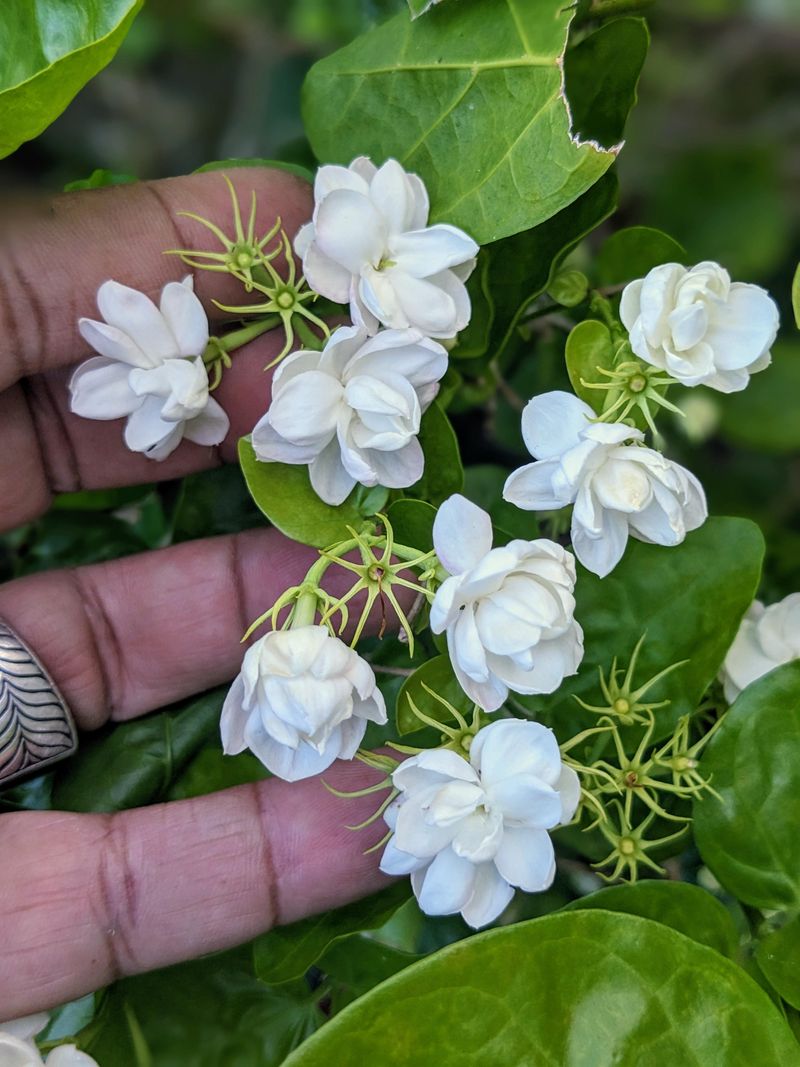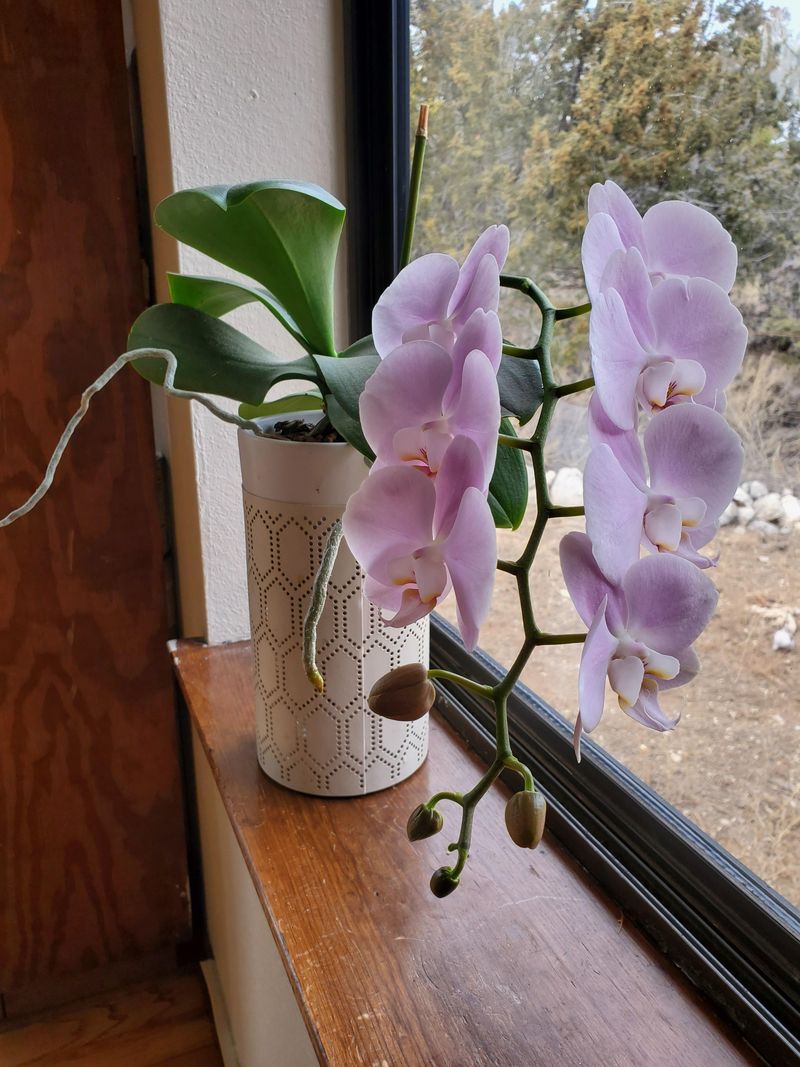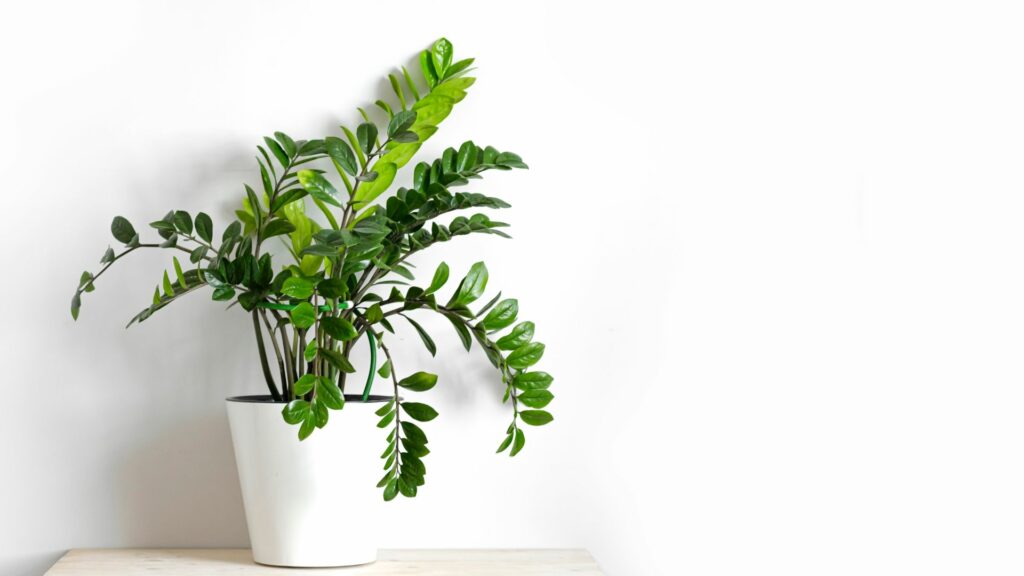Trying to freshen up the air in your home with houseplants? You’re definitely not alone. Many of us turn to indoor greenery hoping for cleaner air and a little extra calm—but here’s the thing: not all houseplants are actually helping.
Some plants really do pull their weight, filtering out common toxins and releasing oxygen. Others? They might look pretty on the windowsill but can actually give off compounds that aren’t so great for people with allergies, asthma, or other sensitivities.
So, before you bring home another leafy friend, it’s worth knowing which ones truly improve your air and which might be doing the opposite. Let’s break down the best—and worst—houseplants for cleaner, healthier air inside your home.
1. Snake Plant: The Bedroom Defender
Unlike most plants that release carbon dioxide at night, this tough survivor continues producing oxygen 24/7. Its tall, sword-like leaves work overtime while you sleep, making it perfect for bedrooms.
Snake plants excel at filtering your air. NASA studies have confirmed these plants can remove up to 87% of air toxins within 24 hours, all while requiring minimal care and surviving weeks without water.
Even in low light conditions, this plant thrives where others fail. Keep one in your bedroom to combat insomnia and respiratory problems – just don’t overwater it, as its roots will rot in soggy soil.
2. Peace Lily: The Shower-Loving Purifier
Thriving in low light and humid conditions, these elegant flowering plants are perfect for bathrooms and other dim corners. Their glossy leaves and white blooms bring a touch of calm while working hard to clean your air.
Peace lilies are champion filters. They’re particularly effective at neutralizing toxic gases released by household cleaners and can even help reduce mold spores in damp areas.
Watch for brown leaf tips, which signal they need more humidity. While excellent air purifiers, peace lilies are toxic to pets if ingested, so keep them out of reach of curious cats and dogs who might take a nibble.
3. Spider Plant: The Hanging Air Cleaner
Hanging from macramé holders or perched on shelves, these plants send out arching stems with baby plantlets that resemble spiders dangling from webs. Their playful growth habit makes them perfect for children’s rooms and kitchens alike.
Spider plants work tirelessly to remove carbon monoxide, formaldehyde, xylene, and toluene from your air. Studies show they’re particularly effective at tackling formaldehyde, which often leaks from pressed wood products, foam insulation, and many household cleaning products.
Brown tips may appear if your tap water contains fluoride or chlorine. Switch to filtered water to keep them looking their best. As a bonus, spider plants are completely non-toxic to pets and children, making them worry-free additions to any home.
4. Boston Fern: The Humidity Hero
Feathery fronds cascade from these classic beauties, creating a lush green waterfall effect that softens any room. Their delicate appearance hides their powerful air-cleaning abilities and love of humid environments.
Boston ferns excel at removing formaldehyde, which commonly off-gases from plywood, particleboard, and household products. They also efficiently filter xylene, which comes from paints and vehicle exhaust that makes its way indoors. Their high transpiration rate means they naturally humidify dry rooms.
Mist them regularly or place on a pebble tray with water to maintain humidity. Though they demand more attention than some plants, their exceptional air-purifying abilities make them worth the extra care, especially in winter when indoor air becomes stale.
5. Rubber Plant: The Formaldehyde Fighter
Glossy, leathery leaves make this statuesque plant an eye-catching addition to living rooms and offices. Growing up to eight feet tall indoors, rubber plants create a dramatic focal point while quietly cleaning your air.
Their thick leaves are particularly effective at absorbing formaldehyde from the air, which commonly leaks from furniture, carpets, and paper products. They also excel at converting carbon dioxide to oxygen, improving overall air quality and freshness throughout your home.
Wipe leaves occasionally to remove dust and help them photosynthesize more efficiently. Although rubber plants need less water than many houseplants, their large leaves will droop noticeably when thirsty – a helpful indicator that it’s time to water.
6. Aloe Vera: The Multi-Tasking Healer
Beyond its well-known skin-soothing gel, this spiky succulent serves as a natural air quality monitor. When harmful chemicals reach high levels in your home, brown spots may appear on its leaves, alerting you to invisible dangers.
Aloe vera efficiently filters formaldehyde and benzene, common in cleaning products, paints, and furniture. Its special photosynthesis process (CAM) means it releases oxygen at night while taking in carbon dioxide, making it especially beneficial in bedrooms.
Place in bright, indirect light and water sparingly – about every three weeks. As a bonus, you can break off a leaf and use the gel inside to soothe minor burns and skin irritations, making this plant both an air purifier and a living first-aid kit.
7. English Ivy: The Mold Reducer
Trailing vines with distinctive lobed leaves make this classic plant perfect for hanging baskets or climbing up trellises. Its elegant appearance belies its powerful ability to combat airborne mold and other allergens.
English ivy removes airborne fecal particles and reduces mold in your home by up to 60%. Mist occasionally to prevent spider mites, which love dry conditions.
Keep away from curious pets, as the leaves are toxic if chewed. For best results, place ivy in bathrooms or kitchens where it can combat humidity-loving mold while adding classic garden charm indoors.
8. Bamboo Palm: The Living Humidifier
Feathery fronds atop multiple thin stems create a lush, tropical feel that brightens dark corners. Unlike many plants that need bright light, bamboo palms thrive in low-light conditions while still purifying your air.
NASA’s Clean Air Study ranked them among the top air-purifying plants, particularly noting their ability to add moisture to dry, heated rooms during winter months.
Keep soil consistently moist but not soggy. Brown leaf tips usually indicate too little humidity, not necessarily a watering issue. At 4-12 feet tall when mature, bamboo palms make dramatic statements in living rooms while working hard to keep your air clean and properly humidified.
9. Gerbera Daisy: The Colorful Cleanser
Bringing pops of vibrant color to windowsills, these cheerful blooms aren’t just pretty faces. Their bright flowers last for weeks while their leaves work continuously to filter indoor air pollutants.
Gerbera daisies excel at removing trichloroethylene, which enters homes through dry-cleaned clothes and printing inks. They also filter benzene from inks, oils, and detergents. The studies show they’re among the most effective plants for improving overall sleep quality by producing oxygen at night.
Rotate the pot regularly to prevent leaning toward light sources. After blooms fade, move plants outdoors to recharge in summer, then bring them back inside. With proper care, these colorful workhorses can bloom repeatedly while continuously cleaning your indoor air.
10. Chinese Evergreen: The Beginner’s Friend
Patterned leaves in various shades of green, silver, and red make these plants decorative additions to any room. Their ability to thrive in almost any indoor condition makes them perfect for plant novices while still providing air-cleaning benefits.
Chinese evergreens specifically target benzene and formaldehyde, common in detergents, furniture, and synthetic materials. Older plants even produce flowers similar to peace lilies, adding visual interest while they quietly filter toxins from your indoor environment.
Allow soil to dry slightly between waterings. Lower light conditions will slow growth but won’t harm the plant. As Chinese evergreens mature, they develop stems that can be easily propagated, allowing you to multiply your air-cleaning army without buying additional plants.
11. Weeping Fig: The Shedding Irritant
Despite its elegant appearance with glossy leaves and graceful form, this popular houseplant can cause more problems than it solves. Many people develop allergic reactions to the sap and even to microscopic particles that shed from its leaves.
Weeping figs release allergens that can trigger asthma attacks, itchy eyes, and sinus irritation. Studies identified this plant as a significant source of indoor allergens, comparable to dust mites in some sensitive individuals. Its constant leaf drop also creates messy cleanup.
Moving or repotting often causes stress-induced leaf drop, creating even more allergen exposure. If you notice increased allergy symptoms or respiratory issues after bringing one home, this beautiful but problematic plant might be the culprit worth reconsidering.
12. Dracaena Marginata: The Secret Polluter
Spiky tufts of narrow leaves atop slender trunks give this plant a dramatic, architectural look. While often included on air-purifying plant lists, recent research suggests it may actually contribute to indoor pollution for some people.
Dracaena plants produce volatile organic compounds (VOCs) as part of their natural processes. A study in the Journal of Exposure Science & Environmental Epidemiology found that in enclosed spaces, these plant-produced VOCs can interact with other indoor pollutants to create potentially worsening air quality.
Sensitive individuals might experience headaches or respiratory irritation. This effect is most pronounced in small, poorly ventilated rooms. If you keep this stylish plant, ensure good airflow and watch for any correlation between its presence and unexplained symptoms.
13. Areca Palm: The Formaldehyde Generator
Feathery fronds create a tropical feel that brightens any indoor space. While often marketed as air purifiers, areca palms can paradoxically increase certain indoor pollutants under specific conditions.
Research from the Department of Plant and Environmental Sciences found that areca palms can emit formaldehyde when kept in high humidity and poor ventilation. The decomposition of organic matter in their soil can further release VOCs, especially when overwatered or when dead fronds aren’t promptly removed.
Yellow fronds often indicate overwatering rather than normal aging. Maintain good air circulation around these plants and avoid placing them in bathrooms or other high-humidity areas where their emissions might concentrate. Consider replacing with true air-purifying alternatives if household members have respiratory sensitivities.
14. Lily of the Valley: The Toxic Beauty
Delicate white bell-shaped flowers and sweet fragrance make this plant deceptively charming. Behind its innocent appearance lies one of the most dangerous houseplants you could bring indoors.
Every part of lily of the valley contains cardiac glycosides that can cause irregular heartbeat, confusion, digestive upset, and even death if ingested. The plant also releases pollen that triggers allergic reactions in many people. Its sweet scent can cause headaches and respiratory irritation in enclosed spaces.
Children and pets are particularly vulnerable to its toxins. Even the water in its vase becomes poisonous. Despite its traditional appeal, this plant’s combination of toxicity and allergens makes it a poor choice for improving indoor air quality and overall home health.
15. Eucalyptus: The Asthma Trigger
Silver-blue leaves and distinctive aroma make potted eucalyptus plants popular for both decoration and supposed health benefits. Unfortunately, their strong essential oils can worsen breathing problems for many people rather than help them.
Eucalyptus releases high levels of isoprene and monoterpenes, which can trigger asthma attacks and respiratory inflammation in sensitive individuals. These compounds interact with indoor ozone to create formaldehyde and ultrafine particles that penetrate deep into lungs.
Dried arrangements release fewer compounds than living plants but still pose risks. If household members experience increased coughing, wheezing, or respiratory discomfort after introducing eucalyptus, removing it from your indoor environment may bring significant relief.
16. Bonsai Juniper: The Mold Spreader
Miniature trees with artistic shapes bring a sense of zen to indoor spaces. Despite their small size, juniper bonsai can introduce significant allergens and irritants into your home environment.
Juniper foliage naturally harbors Aspergillus and Penicillium mold spores, which thrive in the consistently moist soil bonsai require. These molds release spores into indoor air, triggering allergic reactions and asthma in sensitive individuals.
Daily misting, often recommended for these plants, spreads mold spores throughout your home. If household members experience unexplained allergic symptoms, your artistic bonsai might be the hidden culprit. Consider keeping these miniature trees outdoors or in well-ventilated areas away from bedrooms.
17. Philodendron: The Heart-Toxic Trailer
Trailing vines with heart-shaped leaves make philodendrons nearly ubiquitous in homes and offices. Their easy-care nature hides their potential danger, especially in homes with children and pets.
All parts contain calcium oxalate crystals that cause immediate burning pain if chewed. More concerning is the presence of aroid alkaloids that can damage the heart and liver with repeated exposure. Touching sap and then rubbing eyes can cause severe irritation.
Symptoms of philodendron poisoning include difficulty breathing, burning sensation in mouth and throat, and in severe cases, organ damage. While they do filter some air pollutants, their toxicity risk often outweighs their benefits, especially in households with curious children, cats, or dogs.
18. Croton: The Dust Collector
Brightly colored leaves in reds, oranges, and yellows make crotons stand out among houseplants. Unfortunately, their leathery, waxy leaves are perfect dust magnets that can worsen indoor air quality rather than improve it.
The sticky surface of croton leaves collects and holds dust, pollen, and other airborne particles. Rather than filtering these allergens, the plant becomes a reservoir that releases them back into the air when disturbed. Their complex leaf shapes make thorough cleaning difficult, allowing allergen buildup over time.
Sap causes skin irritation in many people, making regular leaf-cleaning an uncomfortable chore. For allergy sufferers, the plant’s ability to collect and harbor dust mites and allergens typically outweighs any minimal air-filtering benefits it might provide.
19. Arabian Jasmine: The Headache Inducer
Sweet-smelling white flowers make this plant a seemingly romantic addition to indoor spaces. For many people, however, the intense fragrance becomes overwhelming in enclosed areas, triggering a range of negative health effects.
Jasmine releases compounds that can cause headaches, nausea, and respiratory irritation in sensitive individuals. These emissions increase at night when the flowers release more scent. Studies link intense floral fragrances to migraine triggers and sleep disturbances.
Pollen from these plants is also highly allergenic for many people. Despite their traditional use in perfumery, indoor jasmine plants often create more discomfort than pleasure. If household members experience unexplained headaches or sleep problems, your fragrant jasmine might be responsible.
20. Orchid: The Mold Magnet
Elegant blooms and exotic appearance make orchids coveted additions to home decor. Unfortunately, the special growing medium they require creates perfect conditions for problematic mold growth.
Orchid potting mix typically contains bark chunks, sphagnum moss, and other organic materials that naturally harbor mold spores. The constant moisture these plants need encourages mold proliferation. Studies have found molds that are commonly growing in orchid pots, all known triggers for allergies and asthma.
Repotting orchids releases these spores into your air. While the plants themselves aren’t harmful, their growing requirements create a reservoir of allergens right in your living space. For households with mold sensitivities, these beautiful blooms might cause more problems than pleasure.
21. ZZ Plant: The Low-Light Detoxer
Glossy, dark green leaves and upright stems make the ZZ plant a sleek, modern choice for home or office decor. It’s nearly impossible to kill, thriving in low light and surviving long dry spells—perfect for busy or forgetful plant parents.
This plant is surprisingly effective at removing airborne toxins like xylene, toluene, and benzene, which can be emitted by household paints, varnishes, and cleaning products. It also helps reduce airborne particulate matter, contributing to a fresher indoor environment.
The ZZ plant stores water in its thick rhizomes, so avoid overwatering. While toxic if ingested, it poses little risk if placed out of reach of pets and children. With its ability to purify the air even in darker corners, the ZZ plant quietly pulls its weight while asking very little in return.
22. Oleander: The Beautiful Poison
At first glance, oleander looks like a dream—lush green foliage and clusters of delicate pink or white flowers. But this Mediterranean native hides a serious threat behind its beauty.
Every part of the oleander plant contains cardiac glycosides, compounds that interfere with heart function. Inhaling smoke from burning oleander, touching sap, or even ingesting tiny amounts can cause nausea, dizziness, irregular heartbeat, or worse. Its potent toxins are so well-known that even dried leaves remain deadly for months.
Despite being grown indoors in some climates for its ornamental value, oleander poses severe health risks. It’s best admired in botanical gardens or outdoor settings where exposure is limited. For households with pets, kids, or anyone with sensitivities, this plant is one to keep far away from your indoor airspace.

